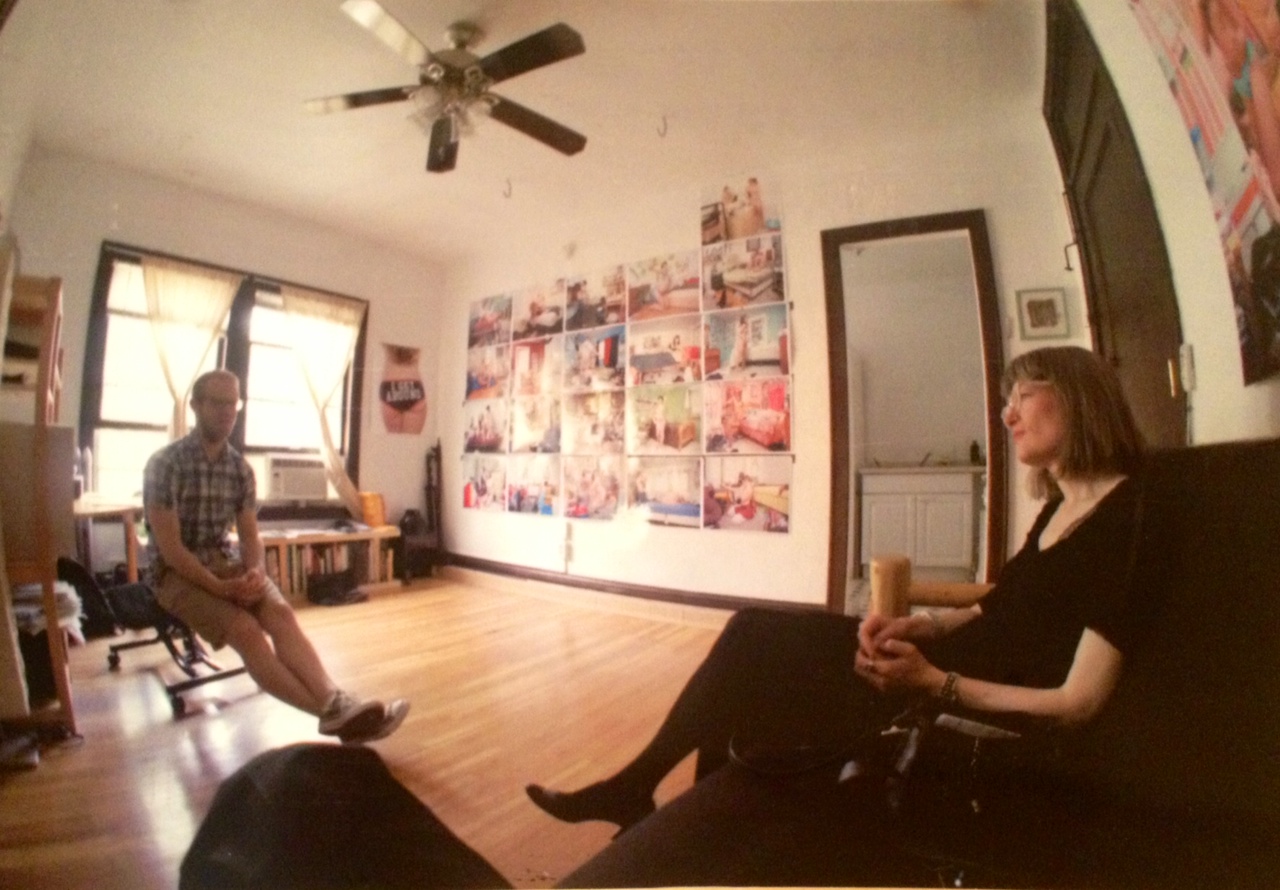
The Importance of Studio Visits
Studio visit is a word that you will hear over and over again while in grad school (when you’re out in the real world as well), but it would be a good idea to actually know what that term means and why it’s important to being an actively exhibiting artist.
A studio visit, is just that: someone comes to your studio to see and discuss your work. It doesn’t mean that you need to have a studio to have a studio visit. It is also much more important than the title gives it credit for. Curators or collectors can usually see your work in many different places including exhibits and online. Why they come for a studio visit is to hear about your work, and to see your process.
I have had a number of visits that have led to exhibits, but I am going to tell you about one that happened last week. I was offered a place in a group exhibition at a respected institution, and even though they had a good idea of what they wanted to exhibit, they asked if it would be possible to come for a visit. I, being interested in having more than just a group exhibition at this particular institution, said of course.
I also knew that for this exhibition they were focusing on only one of my bodies of work, but I have three others that I wanted to talk about, especially when it comes to thinking about having a solo show there.
Visits can last anywhere from 30 min to an hour. However, if you can keep a curators attention and interest for more than that, it is a good sign. The curator showed up and we began with the work that they were most interested in. They had seen the images but, of course, hadn’t heard the full story behind each of the images or the motivations for the making of the work. Sometimes learning those details can hurt the work, but usually not in my case. That backstory only made the curator like the work more than they had originally.
Then I got to start pulling out older work (these conversations happen really organically, with anecdotes about certain images leading to showing other images). I could see that the more I talked, the more interested the curator was. This is especially true when it comes to older work that I have made. There was a very deep process to the making of the images, and while the images are intriguing, the backstory details and process make the work much more interesting.
Finally, after almost 90 minutes of interaction, I simply made the statement that I was pleased about the selection for the group show, but that if there was an opportunity for a solo exhibition, I would very much be interested in it. That immediately led to conversations about which gallery that could happen in, and it began a conversation that would most likely not have happened (or happened as quickly) without the visit.
So, even if you don’t have some pristine studio to show work in, try and get people into your space, throw some work up on the walls, on the floor, and on any table that you can find. And talk talk talk.

